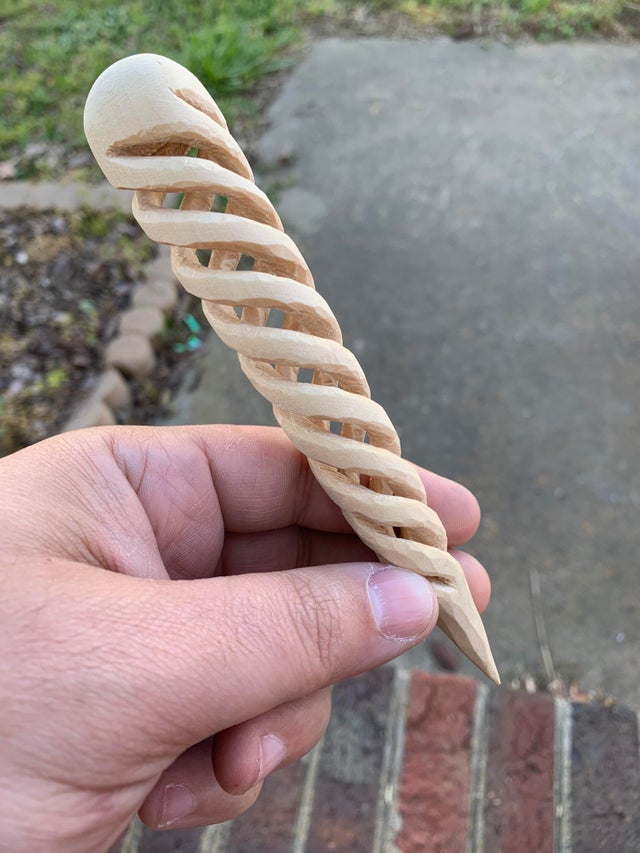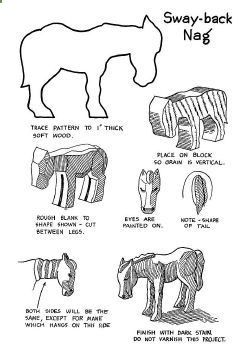
Starting to carve spoons can feel intimidating. There are many techniques to make this process easy. These are some tips to help you get started spoon carvers. You will also learn what types of woods to work with, tools to use, and how to take care of the wood properly. You can create stunning spoons in no more than a few steps. This will ensure that you have many years of useful use in your kitchen.
Lessons learned
You can carve cedar spoons for a gift, or as an everyday item in your home. Here are some things you should know about carving cedar spoons. The wood type is generally the most important aspect. There are many types of wood that can be carved, but some are easier than others. Cherry and other soft hardwoods are best for beginners. To see how it looks, you can always practice with a smaller piece.
Once you've figured out the basic shape, you can start on the head. It is easier to carve the convex side of the spoon, so it may be worth starting there. To form a smooth slope you'll need material to be removed from the edges. You can smoothen the surface of the spoon by using a round sweep gouge.
Woods to work with
You can choose from two types when looking for spoon carving woods: Eastern Red Cedar and Yellow Cedar. These woods are much easier to carve than Western Red Cedar. Each variety has its own advantages and disadvantages, but they all produce good results that will allow you to have a great woodcarving experience. You can start woodcarving if you are new to the art.

It is important to consider the moisture content of wood used for spoon carving. Freshly cut wood tends to have a higher moisture content. This makes it easier when carving with hand tools. In some cases, you may have to cut the wood to a rough shape before it dries. It is only possible to finish the job after it has dried completely. If you don't live near a lumberyard you can order wood online.
Useful Tools
Your ability to carve cedarspoons will determine what tools you'll need. The most popular tool is a chisel. A wood carving knife must be sharp enough for fine lines. For deep divots, a sweeping gouge is better. A clamp or vise is also useful. These tools can be used for holding the spoon handle while you are carving.
A carving knife is an indispensable tool. For beginners, a good axe should be lightweight and have a suitable edge geometry. You can also use a knife to carve the spoon's bowl. You can use this tool to shape a spoon. It can also be used in creating shallow or large bowls. Your safety and comfort are also important considerations when carving.
Wood care
Before you begin carving, it's important to know how to properly care for your wood. Follow the instructions that came with your book to care for your wood. You should avoid older branches as they can crack on the inside. After you carve your spoon, store the wood somewhere warm and dry but out of direct sunlight. You can also use a piece of leather to double as a tool roll.
It is recommended that you clean wood by hand. Avoid soaking it in hot water as it can cause cracking or splitting. Warm water and mild soap will be used. Avoid using a dishwasher or microwave to damage the wood. It is best to dry it and then place it in the fridge/freezer to stop any fading. It is not recommended to oil or treat the spoon. Care of wood for cedar spoon carving
Finishing a wooden spatula

It's not easy to carve a beautiful wooden spoon. If you want it to look great, you may opt to leave it unfinished, chipped and rough. You can refine the design by adding a finish to your spoon. However, this process will likely dull your carving knife. After a few weeks of use, any small imperfections will be less noticeable.
After roughing out your spoon's handle and bowl, you can begin shaping the head. Concave sides are easier to work on, but you need to ensure that the grain runs parallel throughout the entire spoon. This is possible by using a rounded sweep tool. For this process, you should use two hands to hold the stock. Then use the angled tool to form the spoon's close wall.
FAQ
Can I succeed in woodworking if I'm a genius?
No. Woodworking is not difficult. Anyone can learn to use basic powertools and techniques to create beautiful work of art.
Is it possible to open my own woodworking shop?
It is difficult to start your own woodworking company. There are lots of legal requirements and regulations that you'll need to follow. This doesn't necessarily mean that you should go through all the work of setting up a company. Many people join already-established businesses. You only need to pay membership and tax fees.
How do I get started with woodworking?
The best way to learn how to build furniture is by building furniture. While you will need tools and make mistakes, you will eventually master the art of building furniture.
You should first choose the project you wish to complete. You can make a simple box or a large entertainment center. Once you have settled on a specific project, it is time to find a woodworker in your area who is experienced in such work. Ask your local woodworker to help you determine the right tools for you and where they are located. It's possible to ask your friend if they do this type of work.
How long does it take you to finish a piece?
It all depends upon the size of your piece of furniture. For smaller projects such as picture frames and boxes, it can take less than a day to complete. Larger projects like tables and desks take many days. It takes time to properly stain and seal wood.
Are there any other things I should know regarding woodworking?
It is easy to underestimate the amount work involved with furniture construction. Finding the right type of wood is the most difficult aspect of this process. It is difficult to choose between the various types of wood.
A problem is that wood doesn't have the same properties. Wooden can split or crack, while some woods may warp. These factors should be taken into account before buying wood.
Statistics
- If your lumber isn't as dry as you would like when you purchase it (over 22% in Glen Huey's opinion…probably over 10-15% in my opinion), then it's a good idea to let it acclimate to your workshop for a couple of weeks. (woodandshop.com)
- Average lumber prices rose about 600 percent between April 2020 and May 2021. (familyhandyman.com)
- Most woodworkers agree that lumber moisture needs to be under 10% for building furniture. (woodandshop.com)
- The U.S. Bureau of Labor Statistics (BLS) estimates that the number of jobs for woodworkers will decline by 4% between 2019 and 2029. (indeed.com)
External Links
How To
How to make wood joint
This tutorial will teach you how to join two pieces wood together. We'll use the "pocket hole joint," which means we drill holes in the wood and then glue them together. If your wood has a straight grain, smooth surface, you can use this method. You might consider dowel joinery if your wood isn’t straight or flat. These are the steps
-
Drill Pocket Hole Joints. Start by measuring and marking the spot where the pocket hole joint will be placed. With a handheld drill machine or jig saw, drill 3/4-inch deep holes in the ends of each piece.
-
Sand Smooth. You can sand the edges of the wood to ensure that it doesn't split.
-
Glue Together. Apply glue to both sides of the wood. Allow it to cool for at least 5 minutes before you attach the pieces.
-
Fix the Pieces together. After the glue has dried you can attach the pieces to form a flush joint.
-
Trim Joinery. After the glue dries completely, trim off any excess wood around the joint.
To be able to turn the pieces inside-out, leave enough room between them.